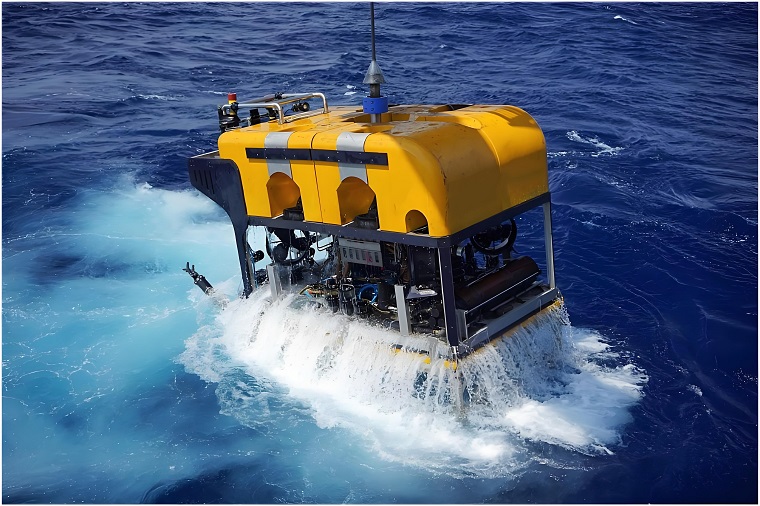Applications of Deep-Sea Cameras
Hits: 703 Time: August 11,2025

Deep-sea cameras are specialized equipment designed for extreme underwater environments, widely used in marine research, industrial exploration, national defense, and abyssal discovery. Their high pressure resistance, high resolution, and reliability make them indispensable tools for probing the ocean’s depths.
1. Marine Scientific Research
Deep-sea cameras are central to marine biology and geology studies, enabling:
-
Recording deep-sea organisms (e.g., hydrothermal vent ecosystems, fish behavior)
-
Monitoring seabed tectonic activity (e.g., volcanic eruptions, plate shifts)
-
Guiding sample collection (with robotic arm precision)
Case: The US submersible Alvin discovered hydrothermal vent communities via HD cameras, challenging the notion of lifeless deep oceans.
2. Industrial & Resource Exploration
-
Oil & Gas: Inspecting pipelines and offshore rig structures.
-
Subsea Cables: Fault detection (e.g., Huawei Marine’s projects).
-
Mineral Mining: Assessing polymetallic nodule distribution.
Tech Requirements: High-intensity lighting and laser ranging for turbid waters.
3. Defense & Security
-
Underwater Reconnaissance: Tracking submarines/UUVs.
-
Mine Countermeasures: Identifying seabed mines.
-
Search & Recovery: E.g., towed camera systems in MH370 black box searches.
4. Archaeology & Filmmaking
-
Shipwrecks: Titanic’s 4K footage by ROV-mounted cameras.
-
Documentaries: 95% of BBC’s Blue Planet II deep-sea scenes used custom cameras.
5. Environmental Monitoring
-
Coral Reefs: Tracking bleaching trends.
-
Oil Spills: Real-time leak assessment (e.g., 2010 Gulf of Mexico disaster).
Challenges & Future Trends
-
Pressure Limits: 10,000-meter cameras require materials like Fendouzhe’s crew capsule.
-
AI Integration: NOAA is testing Smart Cam for automated species classification.
